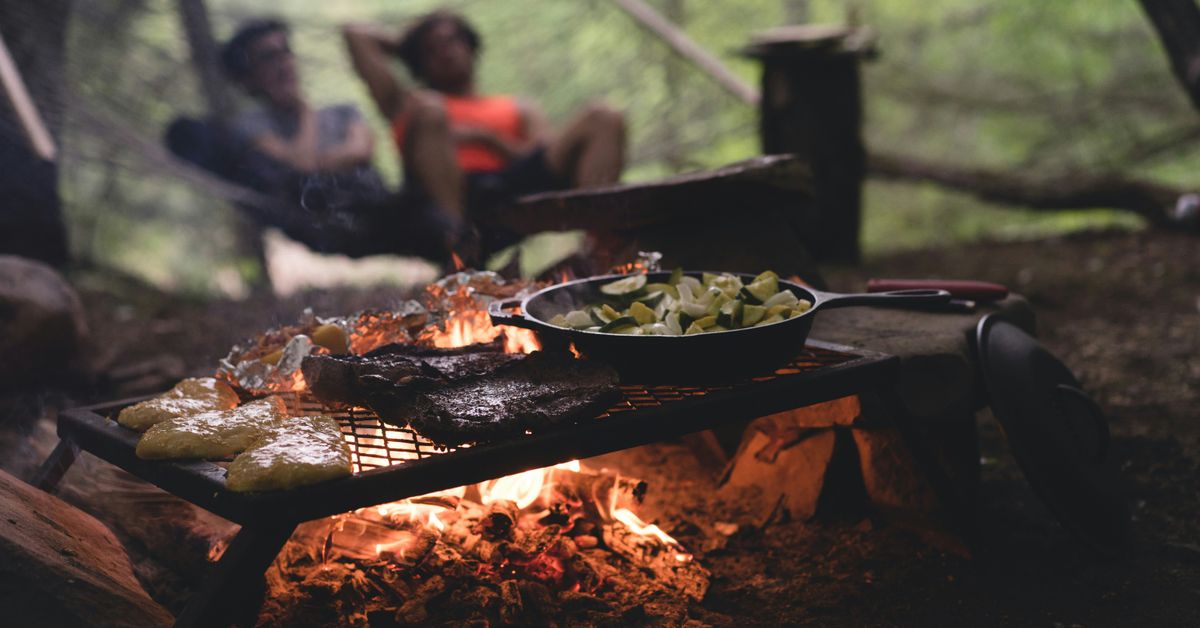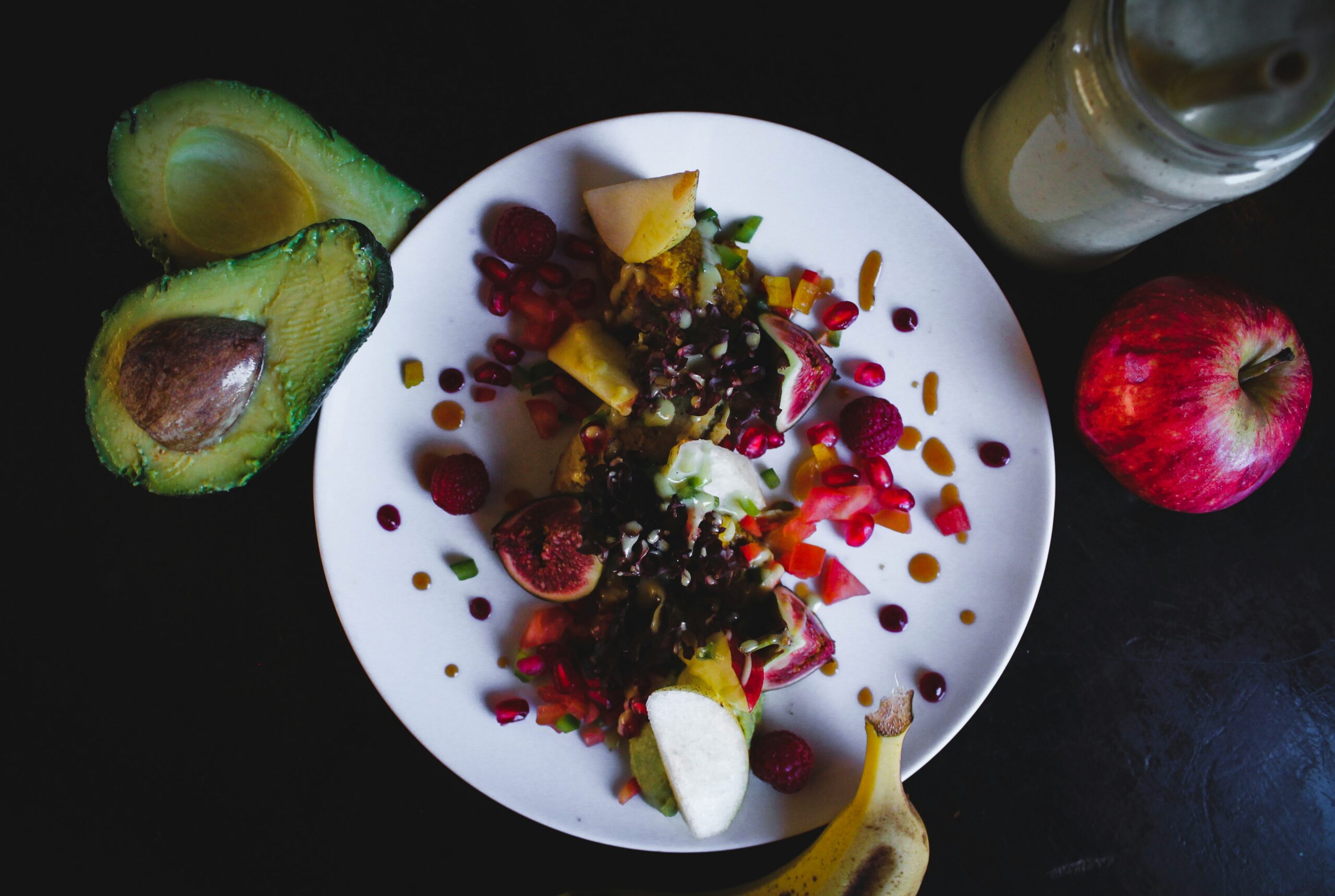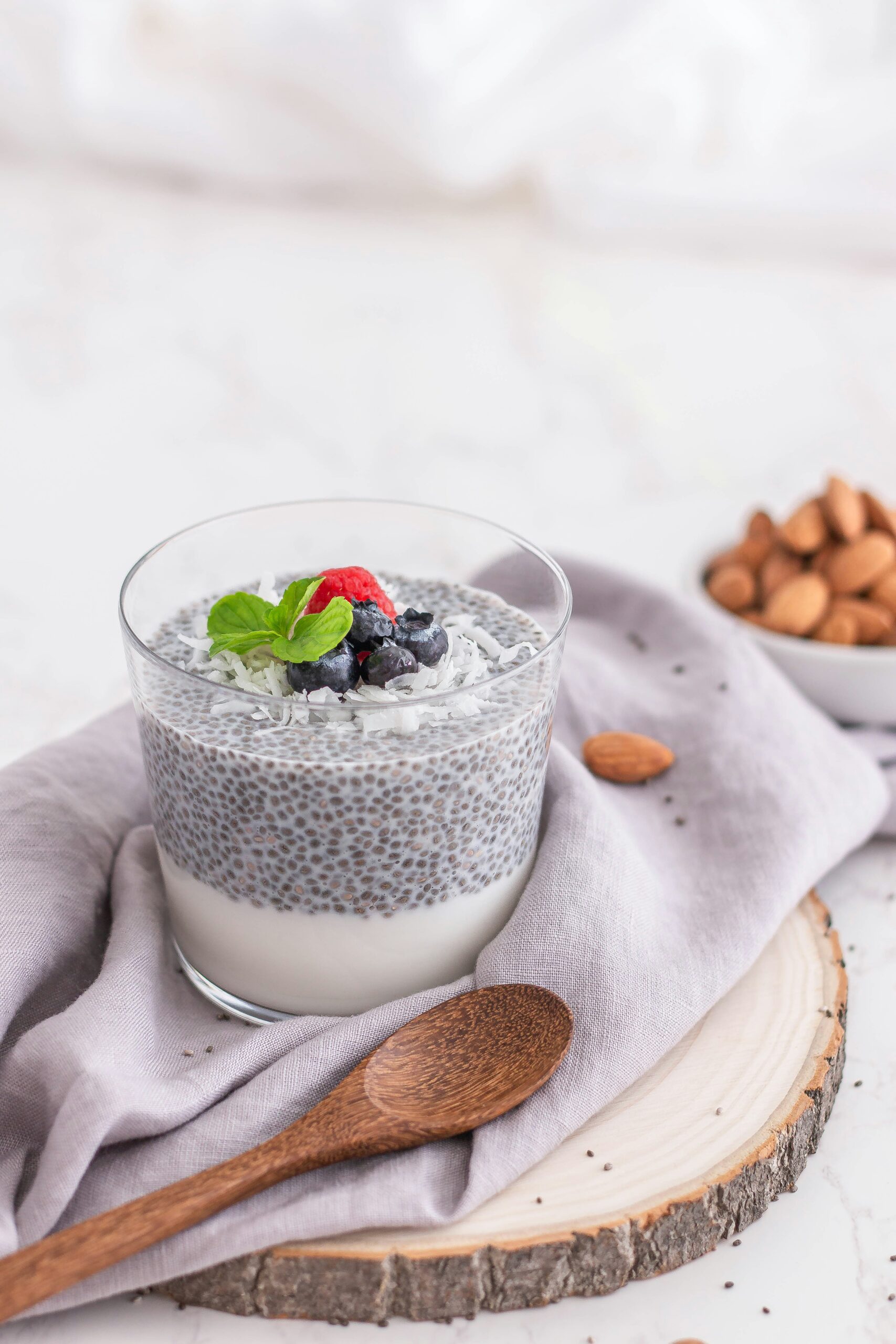Reimagine Your Dinner Routine with These Unexpected Cooking Techniques!
When was the last time you truly felt excited about dinner? As the sun sets and the relentless question of “What’s for dinner?” looms larger than life, our culinary routines often fall into a predictable cycle. Chicken again? Pasta, perhaps? It struck me that many home cooks—myself included—are often hesitant to stray from their tried-and-true methods. But what if I told you that shaking things up with some unexpected cooking techniques could not only save your dinner routine but also transform your entire approach to meal preparation?
Elevate Your Dinner Game with Sous Vide
Let’s start with a technique that’s been gaining traction in home kitchens: sous vide. This French culinary method involves vacuum-sealing food in a bag and cooking it to a precise temperature in a water bath. Now, before you roll your eyes and think, “That sounds fancy and complicated,” allow me to assure you that it’s surprisingly simple and accessible.
Imagine enjoying perfectly cooked steak every single time. No more guessing if it’s medium-rare or well-done—sous vide takes the guesswork out of the equation. To illustrate, I recently tried cooking a ribeye using this method, and the results were nothing short of miraculous. I seasoned the steak, sealed it in a bag, and submerged it in a water bath set to 130°F for a couple of hours. After a quick sear on a hot skillet, I was left with a steak that was tender, juicy, and cooked to perfection. My friends, it was a taste sensation!
Why Sous Vide?
Here’s the kicker: sous vide not only enhances flavor but also maximizes nutrients. Cooking at a lower temperature preserves the integrity of proteins and vegetables, ensuring that your meals are healthier and more flavorful. Plus, it frees you up to do other things while dinner cooks itself! Just don’t forget to sear your meats afterward; that caramelized crust is still essential for flavor.
Pro Tips for Sous Vide Success
- Invest in a good immersion circulator—it’s the heart of sous vide cooking.
- Experiment with cooking times; tougher cuts of meat can benefit from longer cooking times.
- Don’t skip the sear! A hot skillet or grill will enhance the flavors dramatically.
- Try vegetables too—think carrots or asparagus—cooked sous vide can be a revelation.
Fermentation: A Flavor Explosion
Next on our culinary adventure is fermentation. This technique has been around for centuries, but it’s recently made a comeback as people rediscover its health benefits and flavor-enhancing properties. Fermented foods are rich in probiotics, which are excellent for gut health. And let’s be honest—who doesn’t want a happier tummy?
Imagine whipping up your own kimchi or sauerkraut at home. It’s easier than you might think! The first time I attempted to ferment cabbage, I was mildly terrified. I mean, I was literally leaving food to rot on my kitchen counter. But after a week, I had a tangy, crunchy batch of homemade sauerkraut that was perfect on hot dogs, in salads, or just straight from the jar. (A quick aside: I may or may not have eaten a whole jar in one sitting…)
Getting Started with Fermentation
To get you started, here’s a simple recipe for quick refrigerator pickles:
- 1 cup of water
- 1 cup of vinegar (white or apple cider)
- 1 tablespoon of sugar
- 1 tablespoon of salt
- Your choice of sliced vegetables (cucumbers, carrots, radishes, etc.)
Combine the water, vinegar, sugar, and salt until dissolved. Pack your vegetables into a jar, pour the brine over, and refrigerate. Voila! You’ve got yourself a jar of delicious pickles in just a few days.
Why Fermentation?
Fermentation not only adds depth of flavor but also helps preserve food, extending its shelf life. Plus, the creative possibilities are endless. From pickling vegetables to making your own yogurt, the world of fermentation is ripe for exploration. So, go ahead—throw caution to the wind and embrace the wild world of microbes!
Smoky Flavors without a Smoker
Let’s pivot to one of my favorite unexpected techniques: adding smoke flavor to dishes without the need for a full-blown smoker. I remember the first time I tried using a stovetop smoker. It was like stepping into a BBQ joint right in my own kitchen. The smoky aroma wafting through my home was intoxicating.
Using a stovetop smoker or even a few simple ingredients like liquid smoke can infuse your meals with that beloved smoky flavor. You can smoke meats, vegetables, and even cheeses! For instance, I’ve had great success smoking salmon with just a handful of wood chips and a small amount of water. The result? An incredibly rich and flavorful dish that wowed my dinner guests.
Creating Smoky Dishes
If you’re interested in giving this a shot, here are a few tips to get you started:
- Use a stovetop smoker or a smoking gun for the best results.
- Experiment with different types of wood chips—hickory, applewood, and mesquite all offer unique flavors.
- Add a few drops of liquid smoke to marinades for a quick smoky kick.
- Don’t forget about smoked salt—it’s a game changer!
Why Smoke?
The smoky flavor adds complexity and depth to simple dishes. Imagine grilled vegetables that taste like they’ve been kissed by the flames of a barbecue pit. If you’re looking to impress at your next dinner party, this technique is sure to be a crowd-pleaser!
Pressure Cooking: Speed Up Your Dinner Routine
Now, let’s talk about pressure cooking. Gone are the days when your grandmother’s old pressure cooker was a kitchen nightmare. Today’s electric pressure cookers (I’m looking at you, Instant Pot) have revolutionized home cooking. They can cook beans in a fraction of the time it normally takes, turn tough cuts of meat into tender delights, and even make risotto that doesn’t require constant stirring.
One evening, I decided to tackle a classic: beef stew. Traditionally, I’d spend hours letting it simmer on the stove, but this time, I threw everything into the pressure cooker and set it to high for 35 minutes. The result was a hearty stew with rich flavors that had melded beautifully. All while I binge-watched my favorite show. (Talk about a win-win situation!)
Advantages of Pressure Cooking
Here’s why you might want to consider pressure cooking:
- Speed: What once took hours can now be done in a fraction of the time.
- Flavor: Foods can retain more moisture and flavor since they cook in a sealed environment.
- Versatility: You can sauté, steam, slow cook, and even bake in many modern pressure cookers.
- Energy-efficient: They use less energy than traditional cooking methods.
Embrace the Air Fryer for Crispiness
If you’re still clinging to the idea that fried food is a guilty pleasure, let me introduce you to the air fryer. This miraculous kitchen gadget allows you to achieve that crispy texture we all crave using significantly less oil. I remember the first time I made air-fried chicken wings, and I couldn’t believe how crispy they turned out. They rivaled the deep-fried version, without the heavy feeling afterward. (And yes, I had way more than I should have!)
Getting Started with Air Frying
Here’s how to make the most of your air fryer:
- Don’t overcrowd the basket—this ensures even cooking and crispiness.
- Experiment with different coatings; panko breadcrumbs or crushed nuts can add delightful texture.
- Use a light spray of oil for that golden finish—just don’t overdo it!
- Try air frying vegetables like Brussels sprouts or zucchini for a healthy twist.
Why Air Fry?
Air frying not only gives you that satisfying crunch but also makes meals healthier. It’s a guilt-free way to enjoy your favorite fried foods without the added fat. So if you’re looking to make a crispy dinner that doesn’t compromise on taste, this is the way to go!
Creative Use of Salt: Beyond the Basics
Salt is a staple in kitchens around the world, but have you ever thought about using it creatively? Beyond seasoning your dishes, it can enhance flavors, preserve food, and even add texture. For instance, have you tried brining your chicken before roasting? It’s a game-changer! The first time I brined chicken overnight, I was astounded by how juicy and flavorful it turned out.
Brining Basics
To brine, simply dissolve salt in water (a basic ratio is 1 cup of salt to 1 gallon of water) and soak your meat for a few hours or overnight. The result? Super moist and flavorful chicken that’s sure to impress.
Exploring Salt Variations
Beyond brining, consider using flavored salts. Think smoked salt for a BBQ kick, or herbed sea salt to elevate roasted vegetables. You can even make your own by mixing salt with herbs or spices. It’s an easy way to add layers of flavor to your dishes without much effort.
Experiment with Spices: A World of Flavor at Your Fingertips
Finally, don’t underestimate the power of spices. A dash of this, a sprinkle of that—spices can transport you to different culinary landscapes without leaving your kitchen. I’ll never forget the first time I tried adding cardamom to my rice. It was like a trip to a vibrant spice market without the plane ticket.
Leveraging Global Flavors
To incorporate spices into your dinner routine, start small. A pinch of cumin in your roasted vegetables can add a warm, earthy flavor. A dash of coriander can brighten up your sauces. The key is to experiment! By exploring spices from different cultures, you can create dishes that are both familiar and exotic.
Building Your Spice Collection
Here’s a quick guide for a well-rounded spice collection:
- Cumin: Perfect for warming stews and savory dishes.
- Coriander: Adds brightness to both sweet and savory meals.
- Smoked Paprika: A must-have for a smoky depth.
- Cinnamon: Great for both sweet and savory dishes—think Moroccan tagines.
- Chili Powder: For a kick! Just be careful; a little goes a long way.
As you expand your spice repertoire, you’ll find that your meals become more vibrant and exciting.
Conclusion: The Joy of Culinary Exploration
Reimagining your dinner routine doesn’t have to be daunting. With a little curiosity and willingness to experiment, you can transform the mundane into the extraordinary. From sous vide to fermentation, smoky flavors to pressure cooking, the culinary world is ripe with options. Don’t be afraid to try new techniques, mix up your meals, and most importantly—have fun in the kitchen!
Each dish is an opportunity to express creativity, and who knows? You might just stumble upon your new favorite dinner technique. So grab your apron, gather your ingredients, and embark on this flavorful journey. Your taste buds will thank you!




